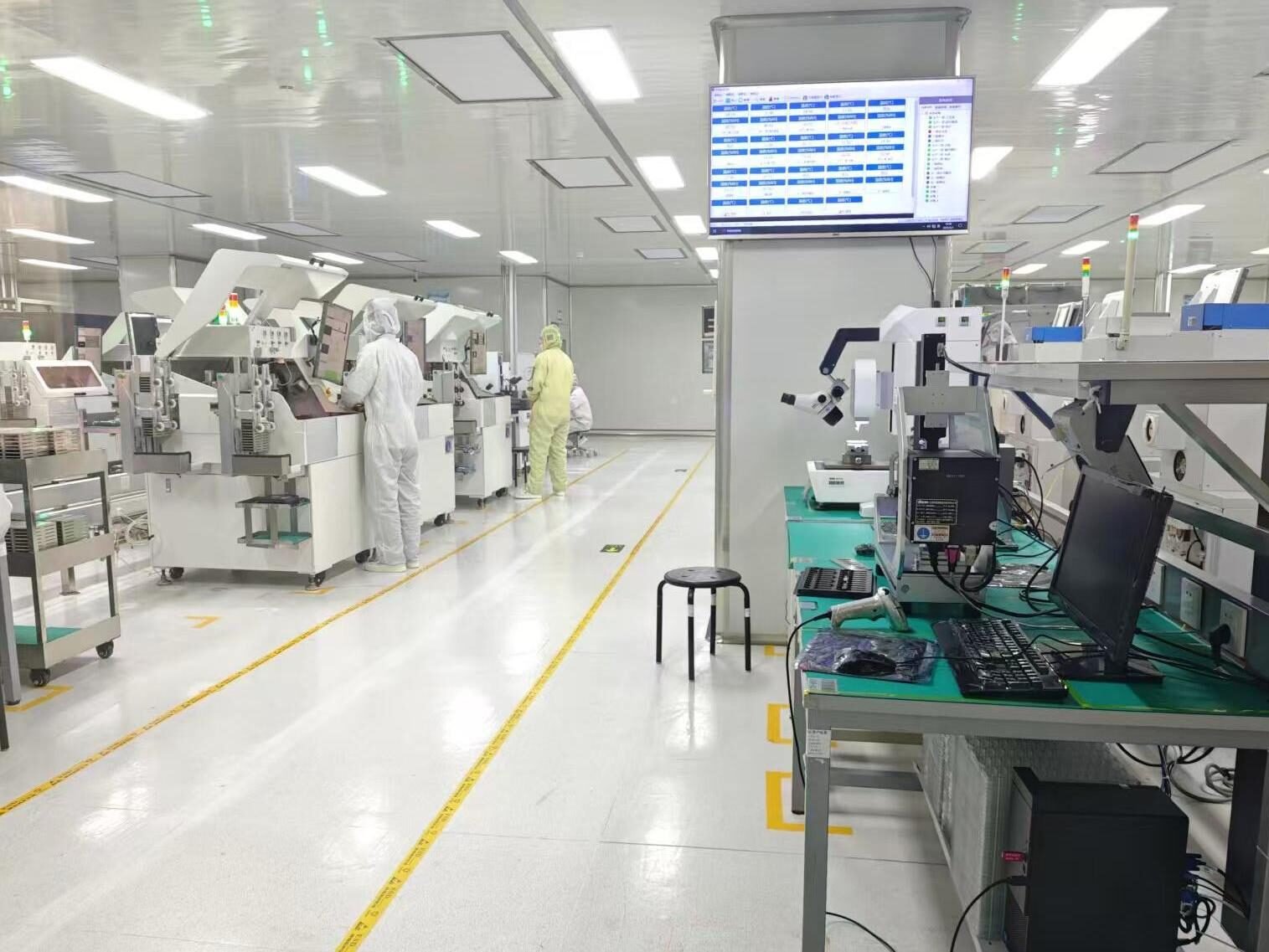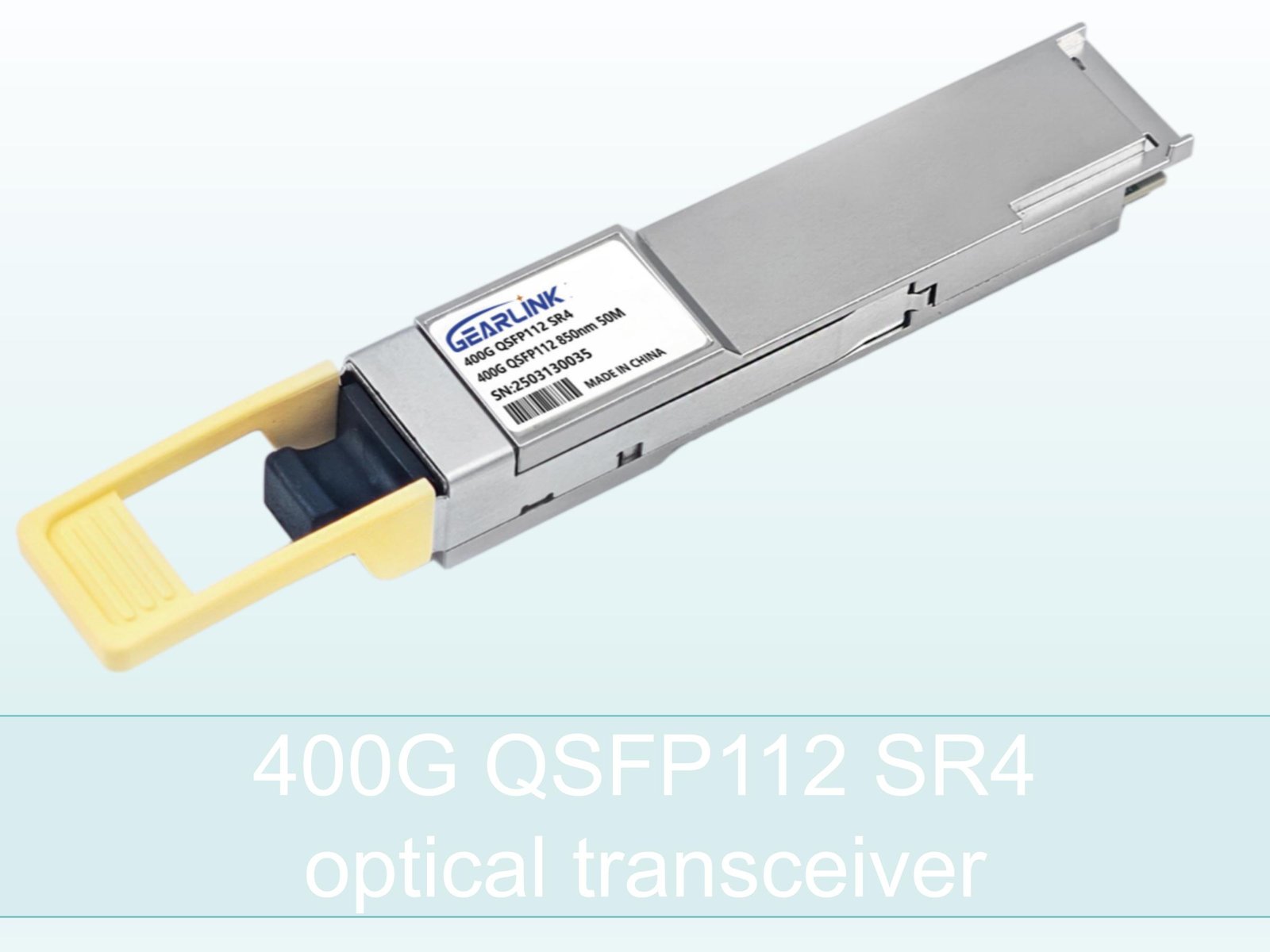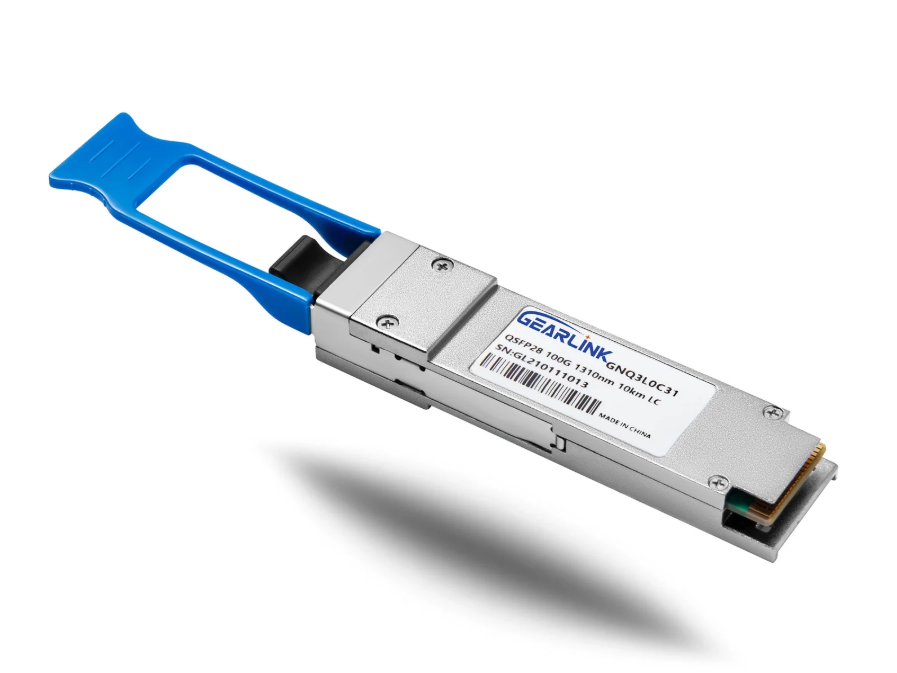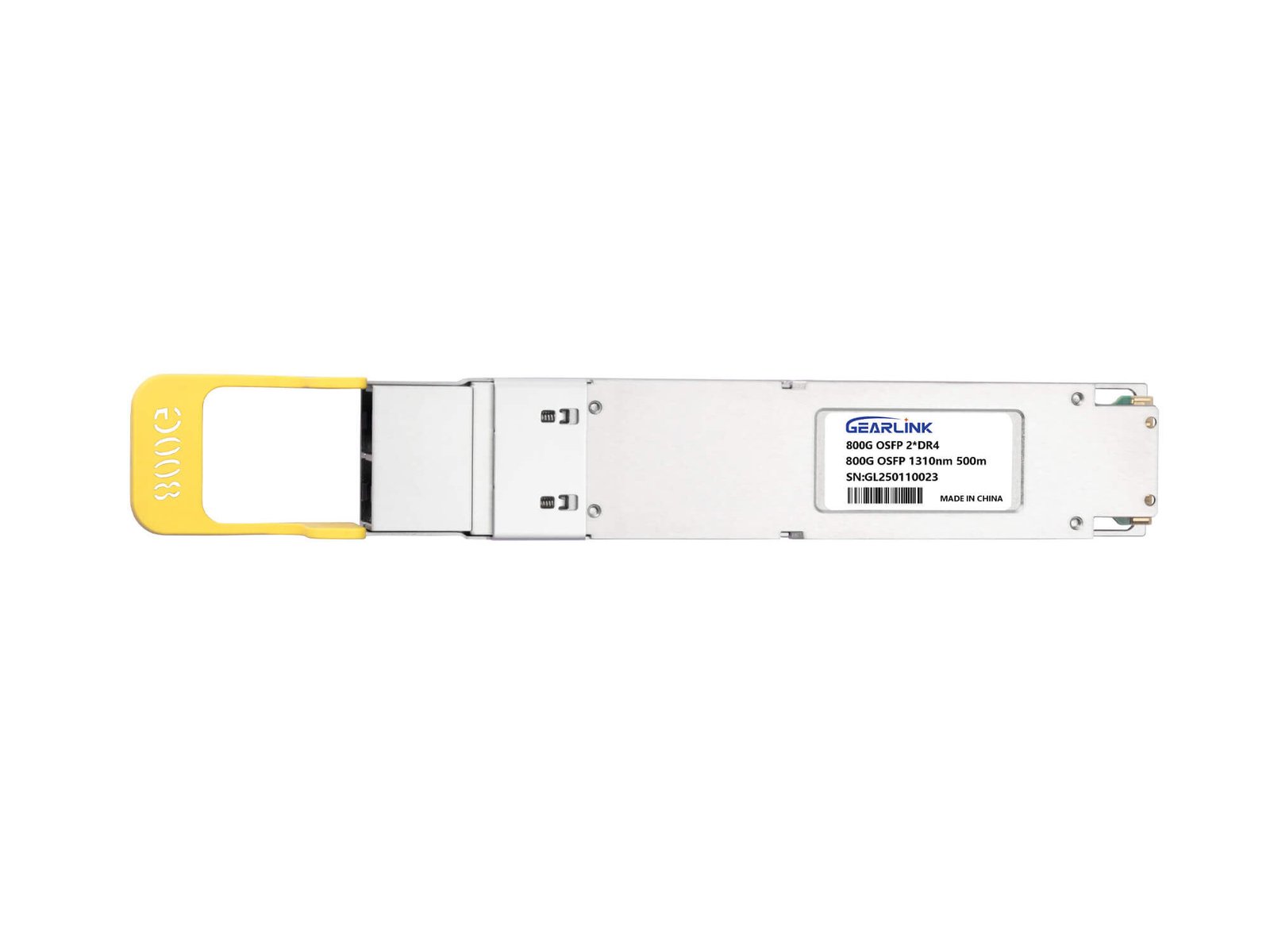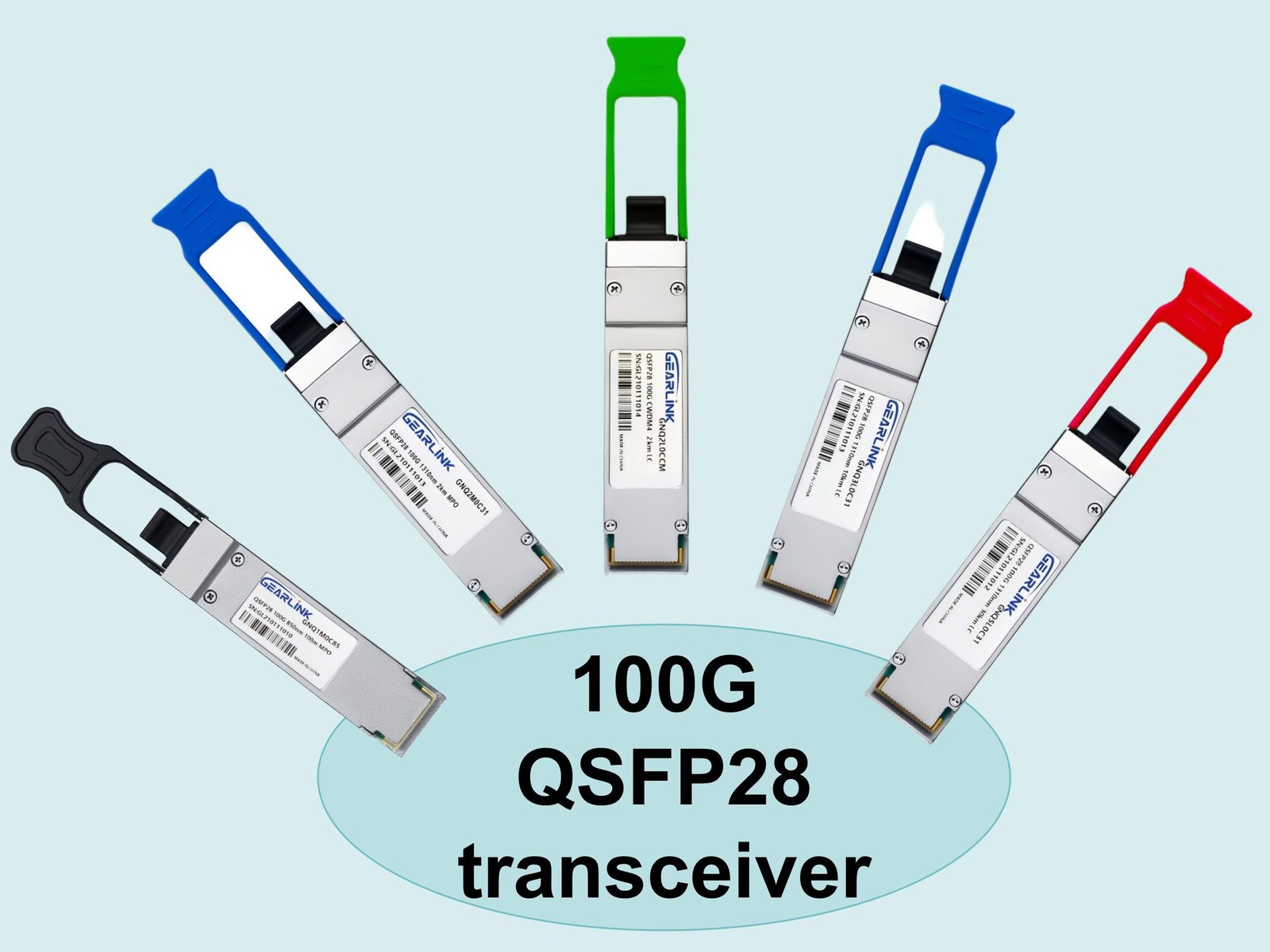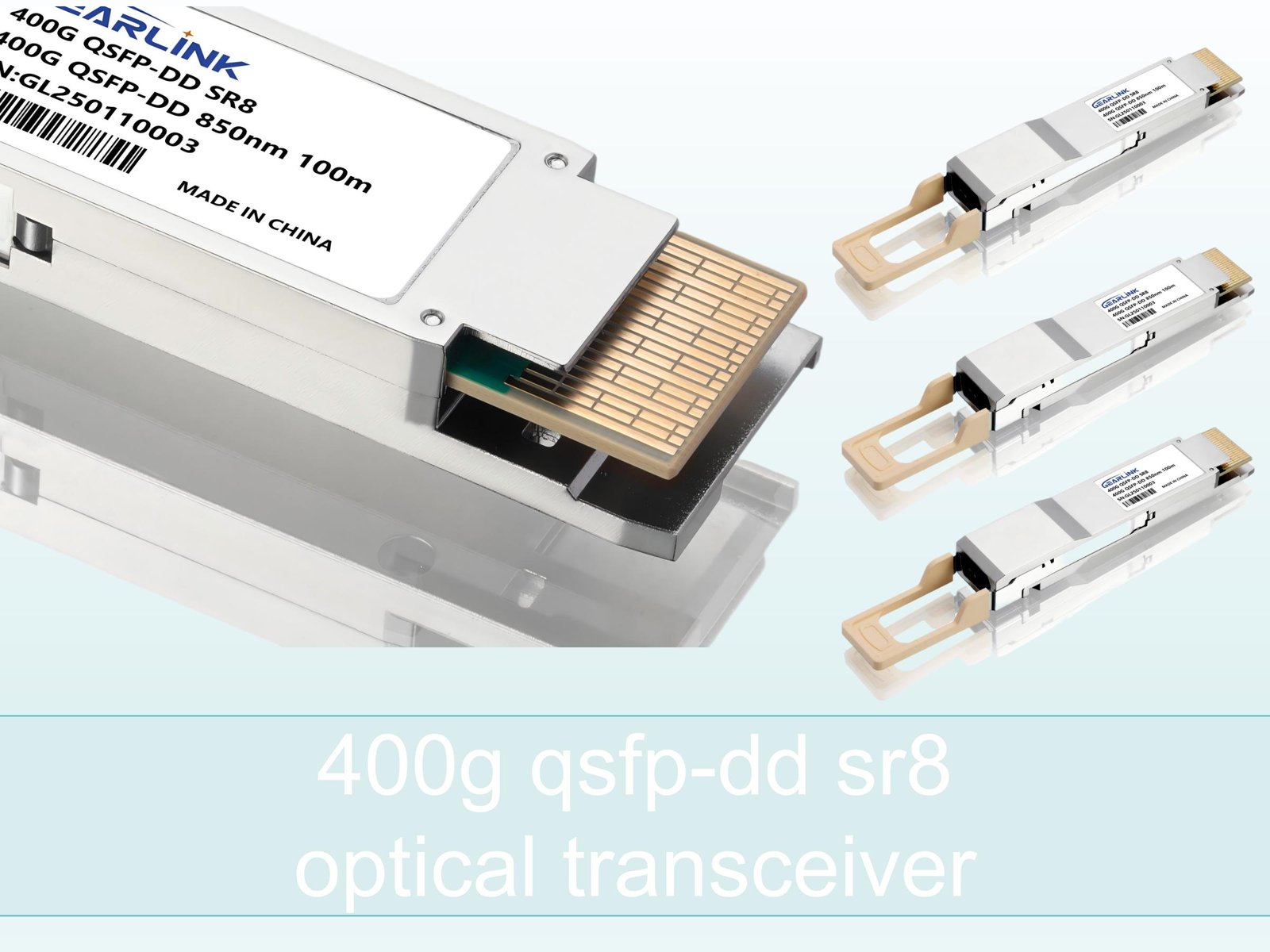Introduction: Why 400G QSFP-DD AOC is Revolutionizing Optical Networking
The relentless demand for faster, higher-density data transmission continues to reshape the landscape of modern data centers and high-performance computing (HPC) environments. As organizations grapple with the exponential growth of data from AI, machine learning, and cloud services, the backbone of their infrastructure—optical interconnects—must evolve accordingly. This evolution brings us to a pivotal technology: the 400G QSFP-DD AOC (Quad Small Form-factor Pluggable Double Density Active Optical Cable).
This component is not merely an incremental upgrade; it represents a significant leap in optical module technology, offering a robust and power-efficient solution for intra-rack and inter-rack connectivity up to 100 meters. For optical module product users—engineers, procurement specialists, and network architects—understanding the core mechanics and superior value proposition of the 400G QSFP-DD AOC is crucial for future-proofing network investments and ensuring sustained operational excellence.
Understanding the Core Technology: Defining the 400G QSFP-DD AOC
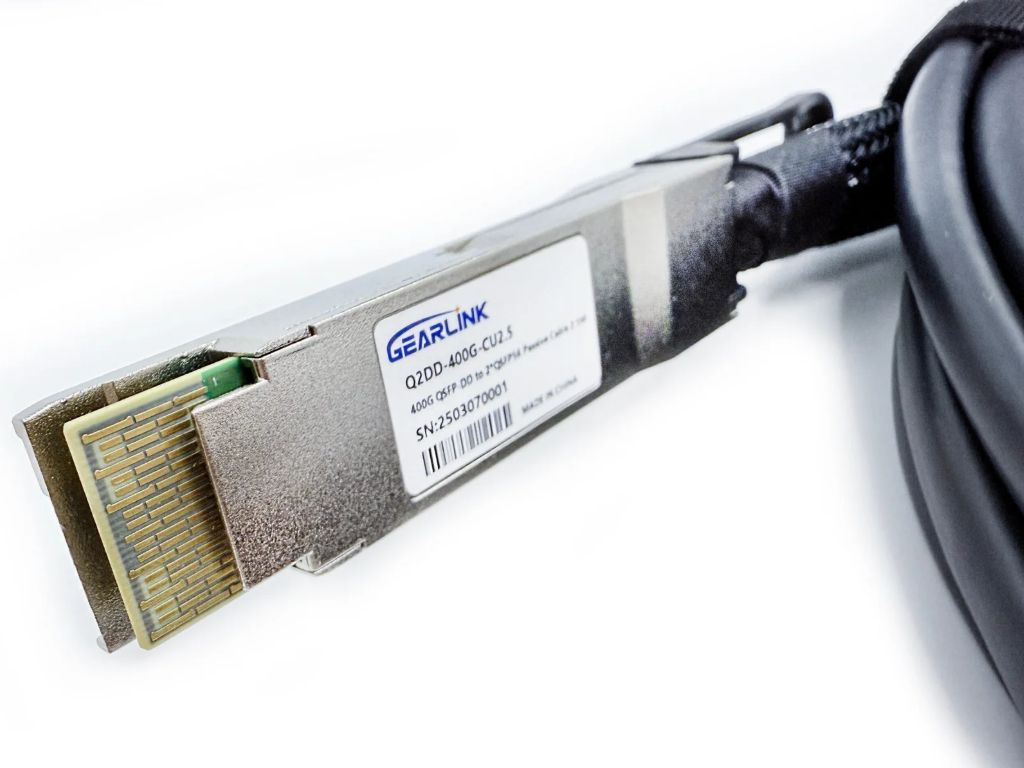
To appreciate its profound impact, one must first grasp the technical foundation of the 400G QSFP-DD AOC. Essentially, it is a pre-terminated, factory-assembled fiber optic cable with 400G QSFP-DD modules permanently attached to both ends. Unlike passive copper cables, an AOC contains integrated active electronic components within the transceiver housing, primarily to condition and amplify the optical signals. This active nature allows for much longer reach and greater immunity to electromagnetic interference (EMI) compared to its passive counterparts, making it an ideal choice for complex, high-speed networking environments.
The “QSFP-DD” part of the name is particularly significant. “Double Density” indicates that the module supports twice the number of electrical high-speed lanes as the standard QSFP format—eight lanes instead of four. This doubling of electrical interfaces is what enables the 400 Gigabit per second (Gbps) aggregate bandwidth, typically achieved through eight lanes operating at 50 Gbps PAM4 (Pulse Amplitude Modulation 4-level) signaling. This innovative form factor ensures a dense and space-saving solution, which is paramount in hyperscale data centers where every millimeter of rack space is precious.
Key Features and Distinct Advantages for Optical Module Users
The adoption of the 400G QSFP-DD AOC is driven by several compelling features that directly address the pain points of scaling high-speed optical networks. These advantages translate into tangible benefits for the end-user:
Enhanced Density and Space Optimization
The compact QSFP-DD form factor allows for a significant increase in port density on networking equipment, such as switches and routers. Consequently, more bandwidth can be delivered per unit of rack height, facilitating unprecedented scalability without expanding the physical footprint. This density is a game-changer for data center operators striving to maximize throughput in limited spaces. Furthermore, the cable’s thin, flexible structure simplifies cable management, reducing airflow blockage and making maintenance easier—a practical benefit often underestimated in large deployments.
Superior Signal Integrity and Extended Reach
One of the most valuable aspects of an Active Optical Cable is its ability to maintain high signal integrity over distances significantly greater than those achieved by Direct Attach Copper (DAC) cables. While DACs are limited to very short reach (typically under 5 meters for 400G), AOCs can reliably transmit 400G data up to 100 meters. This extended reach allows for flexible and efficient connections between Top-of-Rack (ToR) switches and aggregation or End-of-Row (EoR) switches, opening up more versatile network topologies. The active electronics condition the signal, ensuring low Bit Error Rate (BER) and reliable performance across the entire link distance.
Optimized Power Consumption and Cooling Efficiency
In the modern data center, power consumption is a critical metric, directly influencing operational costs and environmental impact. Compared to discrete transceiver and patch cord solutions, the integrated design of the 400G QSFP-DD AOC often results in a more power-efficient connection. The optimized integration minimizes the energy required for signal conditioning, thereby reducing the overall power draw of the network equipment. This lower power consumption directly contributes to less heat generation, subsequently easing the burden on cooling systems—a substantial factor in achieving better Power Usage Effectiveness (PUE) for the data center.
Application Focus: Where 400G QSFP-DD AOC Excels
400G QSFP-DD to 2 x 200G QSFP56 Passive Direct Attach Copper Breakout Cable
High-performance 400G DAC cable, QSFP-DD to 2x200G QSFP56. Low-latency breakout DAC solution compatible with QDD-400-AOC1M and short-reach interconnects.
The inherent characteristics of the 400G QSFP-DD AOC make it the preferred interconnect solution in several critical application areas within the optical module domain:
- Intra-Rack and Inter-Rack Connectivity: This is the primary application, linking servers to ToR switches and connecting adjacent switch racks. Its moderate reach and high bandwidth are perfectly suited for the dense, short-to-medium distance links that dominate modern spine-leaf and fabric architectures.
- High-Performance Computing (HPC) Clusters: In supercomputing and large-scale parallel processing environments, low latency and high throughput are non-negotiable. The AOC provides a reliable, low-latency link necessary for the rapid exchange of data between thousands of compute nodes.
- Cloud and Hyperscale Data Centers: These environments demand rapid deployment, reliability, and massive scalability. The plug-and-play nature and density of the 400G QSFP-DD AOC simplify installation and facilitate quick scaling of the network fabric as bandwidth requirements grow.
- Storage Area Networks (SANs): For connecting high-speed storage arrays and switches, the AOC offers the required reliability and bandwidth to handle large data transfers, minimizing bottlenecks in data access.
The Value Proposition: Making Informed Decisions
The decision to deploy 400G QSFP-DD AOC technology is not solely a technical one; it is a strategic business choice. While the initial cost may be higher than passive copper options, the long-term value proposition is undeniable. The technology enables a more robust, power-efficient, and scalable infrastructure, leading to lower total cost of ownership (TCO) over the network’s lifecycle. By simplifying cable infrastructure and reducing the need for costly external signal repeaters or extensive cooling, the AOC provides a superior balance of performance and practicality.
For network architects, embracing the 400G QSFP-DD AOC signifies a commitment to building a network that can handle the explosive data growth expected in the coming decade. It embodies a strategy focused on leveraging high-density, low-power optical interconnects to maximize operational efficiency and maintain a competitive edge. The consistent performance and inherent reliability of a factory-terminated solution further reduce the risks associated with field-assembly, ensuring a higher degree of network uptime and stability.
Conclusion: Securing the Network’s Future
The advent of the 400G QSFP-DD AOC marks a watershed moment in the evolution of optical networking. It successfully bridges the gap between the ultra-short reach of copper and the power consumption/cost complexity of longer-reach optical transceivers, establishing itself as the ideal solution for high-density, high-speed data center interconnects.
The technology’s robust design, power efficiency, and unparalleled density position the 400G QSFP-DD AOC as a cornerstone component in the infrastructure of tomorrow’s hyperscale cloud and HPC environments. Consequently, for those focused on optical module products, this technology is not just an option but an essential element for ensuring that their networks are capable, competitive, and truly future-ready. It represents a vital step toward the terabit era, providing the essential bandwidth to power the next wave of global innovation.
Frequently Asked Questions (FAQ)
Q1: What is the main difference between a 400G QSFP-DD AOC and a 400G QSFP-DD DAC?
A: The primary difference lies in the signal transmission medium and reach. The DAC (Direct Attach Copper) uses copper wires and is limited to very short distances (typically under 5m) due to signal degradation. Conversely, the AOC (Active Optical Cable) uses fiber optics with active electronic components to boost the signal, allowing for reliable 400G transmission over much longer distances, generally up to 100 meters.
Q2: Does the 400G QSFP-DD AOC require any special configuration on the switch or router?
A: No. The 400G QSFP-DD AOC is designed to be plug-and-play. It conforms to industry standards and is hot-swappable, meaning it can be inserted and removed without powering down the equipment. It is recognized by the networking gear as a standard 400G optical module connection.
Q3: Can the 400G QSFP-DD AOC be used to connect to lower-speed equipment (e.g., 4 x 100G)?
A: Yes, many 400G QSFP-DD AOCs support “breakout” configurations. This allows the 400G link to be split into four independent 100G links (using eight 50G lanes), typically by connecting the 400G end to a switch and the other end to four separate 100G QSFP ports via a fanout cable assembly. This flexibility is key for connecting new 400G switches to existing 100G infrastructure.

